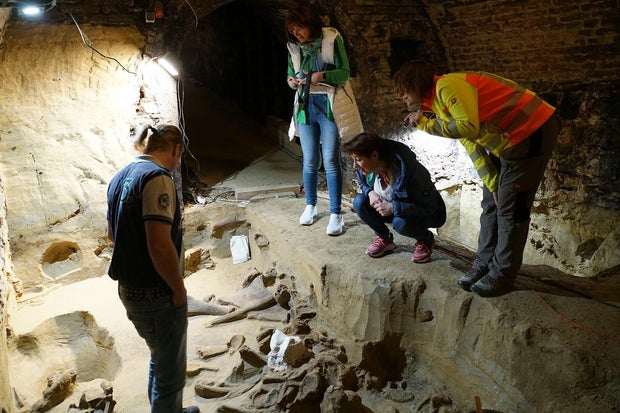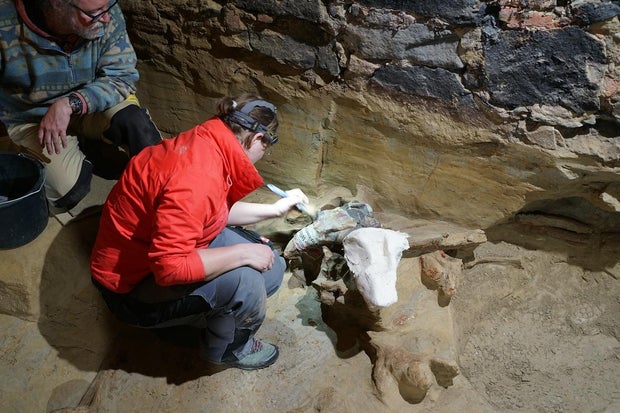Andreas Pernerstorfer made an extraordinary discovery while renovating his wine cellar in Gobelsburg, Austria. The enormous bones of an extinct mammoth, which date back 30,000 to 40,000 years, were the substance in question, not vintage wine.
The Austrian Archaeological Institute of the Austrian Academy of Sciences initiated the excavation of the Stone Age bones after he reported the bones.
The researchers discovered that the wine cellar adjacent to the site had previously been the site of the discovery of other antiquities, including fossils and jewelry, 150 years ago. According to the researchers, bones of this magnitude have not been discovered in over a century.
“SucThe excavation is being led by Hannah Parow-Souchon, who states that it is uncommon to find such a dense bone stratum of mammoths. s is the first time we have been able to investigate an issue of this nature in Austria using contemporary methodologies.”
TheyThis discovery has prompted numerous inquiries regarding the manner in which humans hunted mammoths during the Stone Age. Specifically, they have discovered a stratum of bones from three distinct mammoths that are lying on top of one another. mammoths may have been captured by humans at the site, according to the researchers.
Parow-Souchon, a researcher, stated, “We are aware that humans pursued mammoths; however, we still possess a limited understanding of the methods they employed.”
These bones will be transferred to the Natural History Museum Vienna following their examination by the researchers.
MammAccording to the University of California Museum of Paleontology, mammoths were present in Africa approximately 3 or 4 million years ago, and their descendants relocated to Europe and Asia. Wooly mammoths traveled to North America after another Ice Age, traversing the Bering Straight between what is now Russia and Alaska when sea levels were low. The mammoth species on these continents lived from 200,000 to 135,000 years ago. e mammoths resided as far inland as Kansas.
Humans hunted mammoths for their meat and for construction materials during the Pleistocene epoch, which spanned from 1.8 million to 10,000 years ago, according to the Penn State University Mammoth Genome Project.
According to researchers, the mammoth population was estimated to be several million during the early to mid-Pleistocene epoch. However, hunting may have had an impact on the mammoth population in the later years of this epoch.










